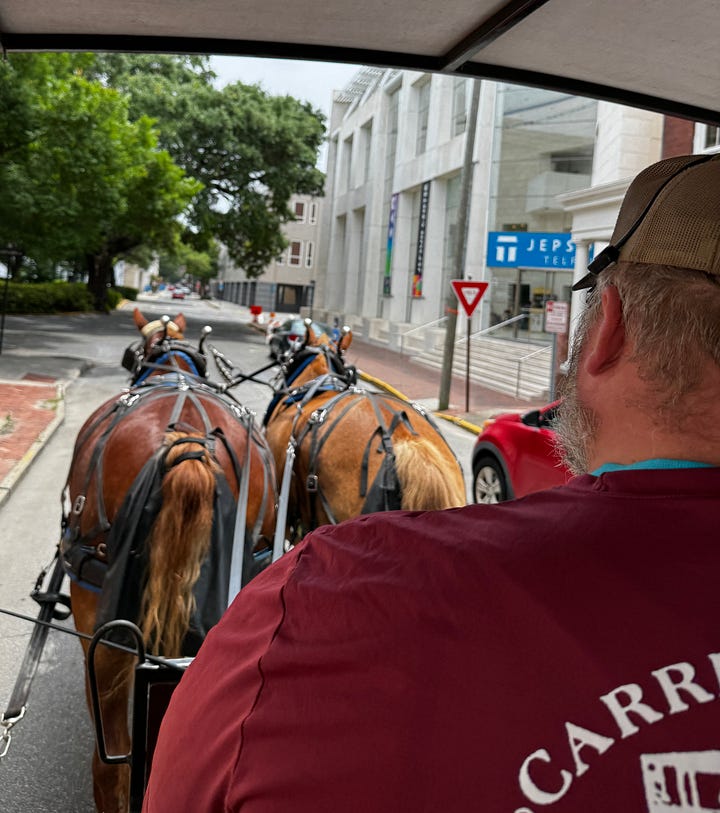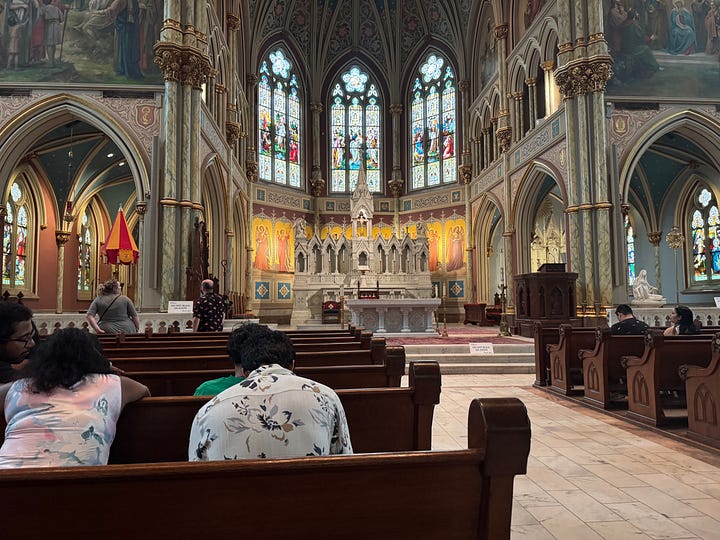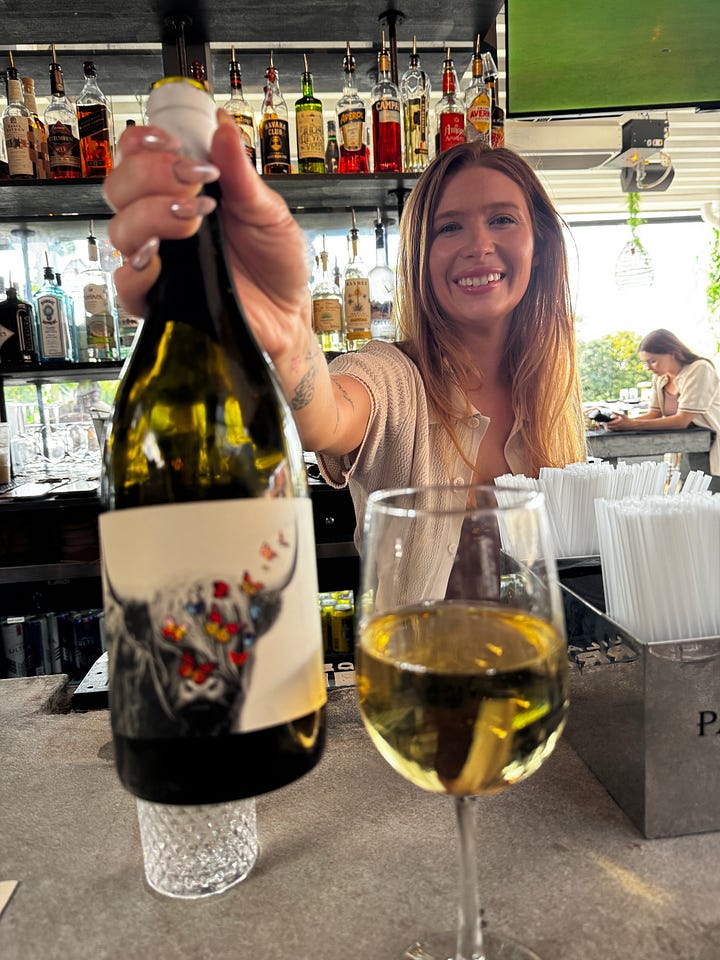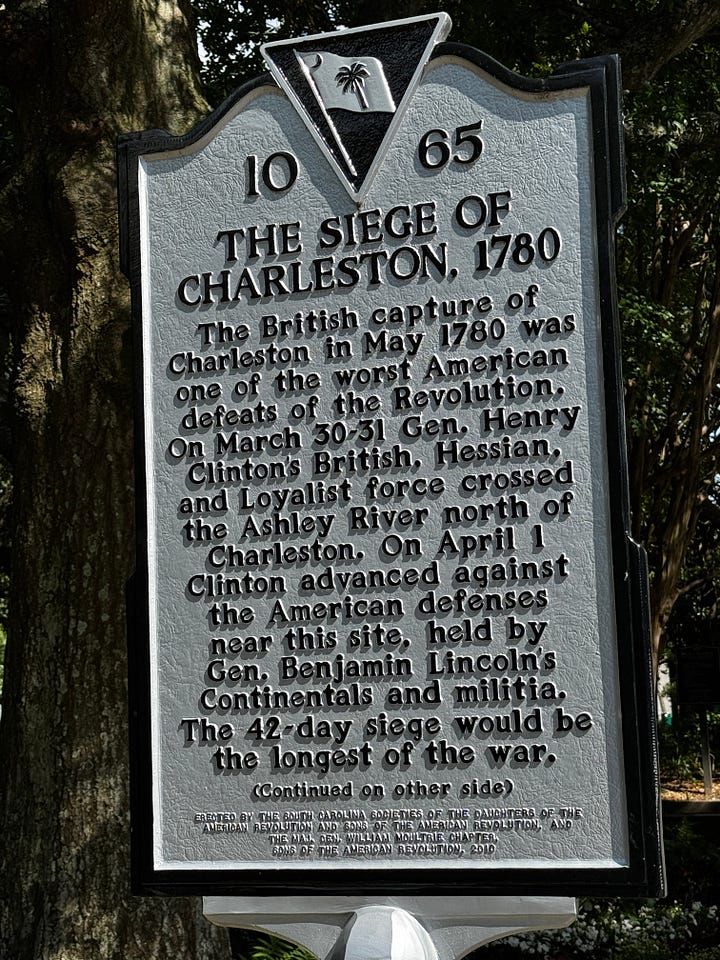Charleston and Savannah, Twin Cities of the Old South
They’re more alike than not, and if they have their differences they’re subtle.
As the car drives, these two genteel Atlantic Seaboard cities are only 111 miles apart. We selected a RV park in Yemassee, SC, pretty much smack dab in between. (By the way, the name places in these parts are so fun to say, like “Coosawhatchie.”)
Our well-traveled friend and Nircal neighbor, JH, tells us Savannah is one of her favorite cities because it “has an edge to it.” The Beloved1 gives her nod to Savannah, too. Me, I give mine to Charleston. To me, it has more of what makes them both unique. The old Southern homes that populate sections of both cities are grander and more stately in Charleston.
To be fair, we spent just a day in each — not enough time to savor either one. To know a place beyond its tourist persona you have to spend time there, like the two weeks we spent in Matera, Italy, a city that tops my travels list and probably as a result of our extended stay.
We toured the historic parts of Savannah by horse carriage, an entirely apropos way for such an old city. In Charleston, we toured in a too-air-conditioned mini bus. We saw more, but I felt unduly separated from the sites.
Both are port towns. Both came off to me as what I call “boutique cities” — downtowns with many shops, bars, and restaurants.
Here’s a surprising fact: Charleston is South Carolina’s biggest city.
For as old as they each are — Charleston founded in 1680, Savannah in 1733 — both have a youthful vibe. Lots of young people. A young bartender we met in Charleston, grew up in Miami and went to college in Washington, D.C. She told us she chose Charleston as a more affordable place between both.
Both have rich histories, Charleston more so if only because it owns the start of the Civil War with the firing on Fort Sumter. Savannah was founded as a “blocking colony” to keep Spanish colonists in Florida from raiding its English rivals to the north. Savannah banned Catholics at its beginning because of fears they would create a surreptitious threat. (Just like the West Coast’s Japanese Americans of WWII; human cruelty to humans knows no time our place.)
In the end, these are both bucket-list destinations. We highly recommend both.









Thanks Patrick for writing wonderful stories.